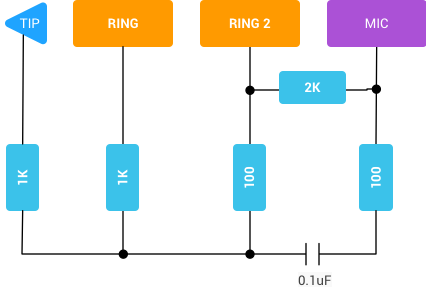

Works With Any Application - Make a virtual audio device with audio from the applications on your Mac, including production apps like Logic or Reason, as well as simple audio players, like iTunes or QuickTime. : Windows 2000, Windows XP Home Edition, Windows XP Media Center Edition, Windows XP. Unless I copy the mic data to the speaker, I would expect dead silence - but this is not the case. Set the Loopback device as the output in one app and the input in another to make audio flow directly between the applications. When the mic & spk audio channel has been opened and I speak into the mic of my Plantronics 626 USB headset, I hear my own voice. Getting the driver from the manufacturer for the sound card can fix this, but only if the sound card supports it.
#Windows audio loopback driver drivers
Generally the Microsoft drivers for sound cards that ship with Windows don't have this option. Sending Audio to the DAW 3+4 and DAW 5+6 channels. The drivers can also affect whether you have a stereo mix option or not. The snippet below shows part of the code I'm executing. To record or stream your loop-back mix, simply select either Input 11+12 or Loopback 1+2 in your audio software. It just records audio sent to the speaker to a file. The thread terminated early - something bad happenedĪnd it doesn't loop audio from the mic to the speaker. IAudioCaptureClient::GetBuffer set flags to 0x00000001 on pass 598 after 441 frames

Probably spurious glitch reported on first packet The WASAPI loopback capture project you linked to generates this exception: The mic data is written to a buffer in memory by me (let's call that buffer B1).ģ) The spk callback is called every N milliseconds and it loads and returns N milliseconds of audio from another audio buffer (denoted B2) in memory to WASAPI.Ĥ) If B1 = B2 then the audio is looped (mic data is sent to the speaker) 1) I implement two callback functions, a mic callback and a spk callback, which are called by WASAPIĢ) The mic callback is called every N milliseconds and it receives N milliseconds of mic data each time it's called.


 0 kommentar(er)
0 kommentar(er)
